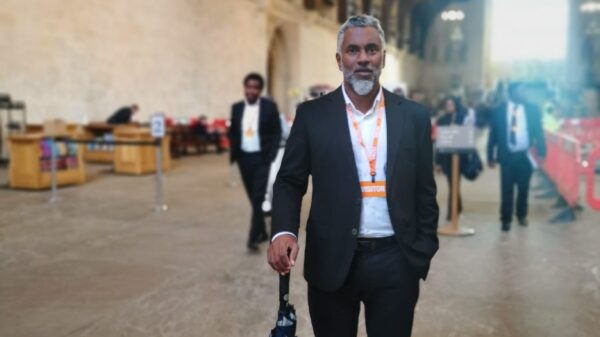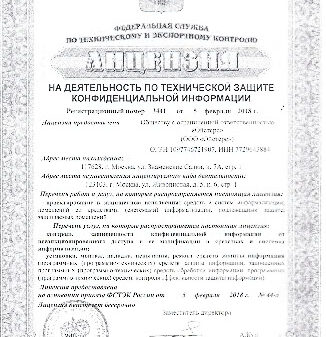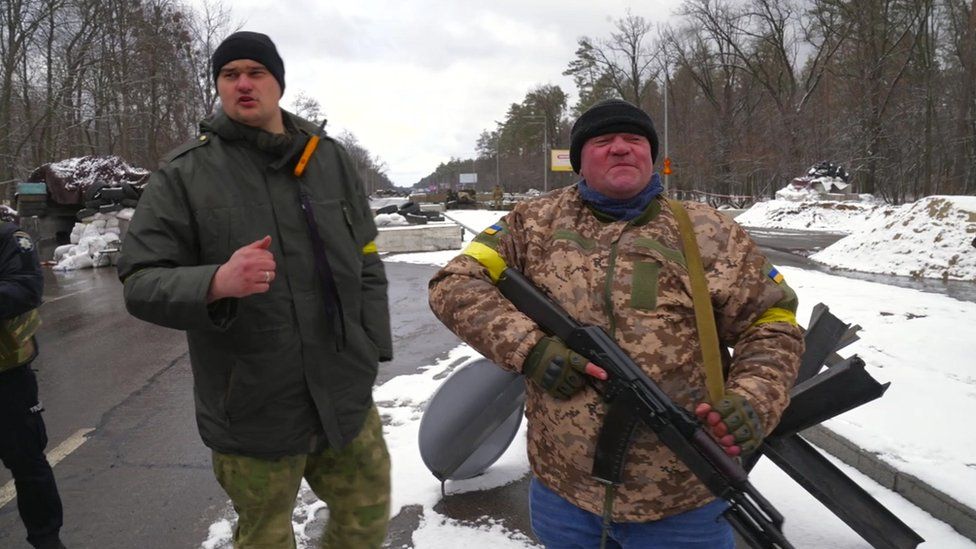The commander called himself Johnny Dragan, and he smoked each cigarette as fiercely as if it was going to be his last.
Dragan was strengthening a blocking position at a strategic crossroads north-west of Kyiv. If the Russians broke through, Dragan and his men would have to stop them. Behind him was a dual carriageway heading straight to Kyiv.
Off-duty soldiers were eating and resting at a restaurant on the crossroads that Dragan had taken over as his headquarters. The food was hearty, and they stacked their rifles in neat conical piles next to their tables.
Outside, the active shift was working during another bitterly cold day, with the snow settling on their shoulders. A tank was in position. A deadly-looking artillery piece was positioned to fire directly, over open sights, at anything coming down the road that Dragan decided was a threat.
“We’re here to destroy the enemy brigades,” he said. “The occupiers who’ve come to our country – and are heading our way.”
A builder’s lorry was lowering slabs of reinforced concrete with the crane it had used until a fortnight or so back to deliver housebuilding supplies. Destruction not construction has been happening since. It felt more urgent near the frontline today. Ukrainian troops inside and outside Kyiv are reinforcing checkpoints into barricades.
Dragan’s men were close to Hostomel, a small and strategically important town. Fighting has not stopped there since the first morning of the war, when Russia airborne troops came in by helicopter to seize a cargo airport as a bridgehead.

We picked up Tanya and Ivan, a couple in their 60s who had been walking for three hours to get out of Hostomel. It took 13 days, they said, to gather the courage to leave their freezing cellar.
Tanya described what they had seen on the first day of the war before they fled underground. “When our guys blew up the bridge, we saw tanks and a car with the soldiers ahead of the column, but our guys did not let them go… The bridge was blown up and the car and everything was destroyed.”
When they emerged at dawn after nearly two terrifying weeks to walk towards Kyiv, about 20 miles (32km) away, everything had changed. Tanya wept a little as she remembered how it had been in Hostomel. “It used to be such a lovely place to live. But when we came up this morning there was no house, no street and no town.”

Many villages nearby, not just their home, are in ruins.
In buildings that are still burning a few traces of old lives are left; smouldering kitchens where families must have eaten, argued and loved. Dogs scavenge for food, waiting close to the rubble for owners who abandoned them.
Russian tactical and military blunders, plus well-organised and determined resistance, have bought the Ukrainians time to beef up for whatever comes next. That is not going to last indefinitely.
The barrage of international sanctions against Russia shows no sign of forcing President Vladimir Putin to change his mind. His public utterances reinforce what seems to be his determination to finish the job of crushing Ukrainian independence, which he tells the Russian people is a necessary step to protect themselves and their nation.
It is hard to overstate the gravity of the crisis caused by the invasion, and the years of tension that led to it. It is deadly serious because of Russia and the Nato countries’ radically different views of the security and orientation of states that used to be firmly in the orbit of the Soviet Union.
The parties to the wider conflict, above and beyond the war in Ukraine, are armed with nuclear weapons that could destroy all of us. The chances that this war could somehow go nuclear are very low, despite Mr Putin’s decision to increase the level of readiness of part of his arsenal.
But wars generate confusion and misperception, and the dangers of escalation are ever-present.

Like most people who grew up in the Cold War, I cannot forget the relief I felt when it ended, and the joy of turning on the television on 9 November 1989 and seeing Germans dancing on the Berlin Wall.
It is hard to believe that more than 30 years later I have spent the day reporting on the Russian push into Ukraine, and the results of a failure by all concerned to build security that would stop Europe going back to its old ways.
A couple of miles from the Russians in Hostomel, Ukrainians were preparing to abandon a hospital that has been treating the wounded. They had been evacuated further away from the fighting, and the hospital director Dr Valerii Zukin was supervising staff wrapping sensitive medical equipment with bales of clingfilm. Beds were waiting to be picked up and trucked out.
My ship is sinking, Dr Zukin told me, and I am the captain so I will be the last to leave.
His voice rose as he said Ukrainians did not want food aid. Instead, they wanted weapons and a no-fly zone enforced by Nato.
“The Russians understand only the language of the power. I would like to use the words of the former Prime Minister of Israel, Golda Meir, who said it was impossible to negotiate with the man who came to kill you.”
It was a lonely and tense drive through the snow until we saw the suburbs of Kyiv. Ukrainian troops were dug into the woods, waiting.
This video can not be played
To play this video you need to enable JavaScript in your browser.

War in Ukraine: More coverage

































